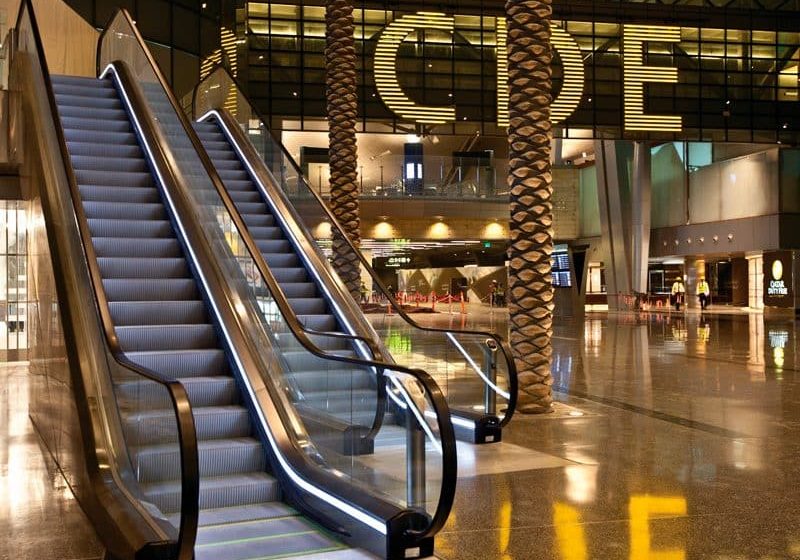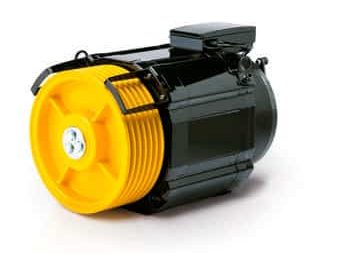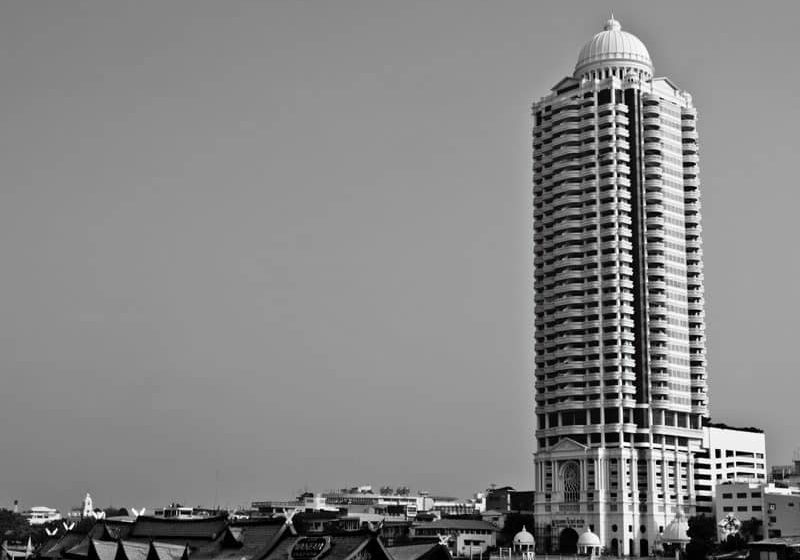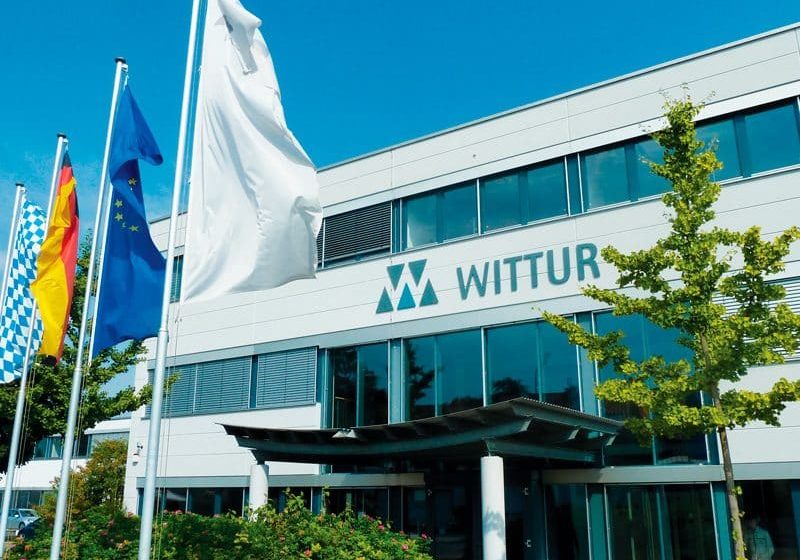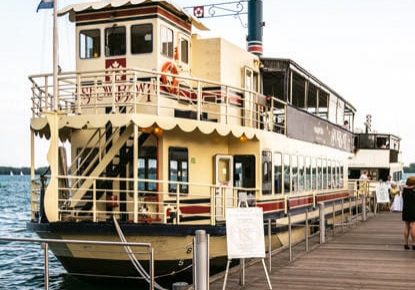A mostly aging Europe needs perfect accessibility.
With five million lifts installed, the European elevator stock is still the most important in the world, but it has lost its absolute majority of the world stock to Asia, where the number of new elevators installed, particularly in China, is astounding.
At the same time, the European population is aging rapidly. Fewer children and a longer lifetime makes it so countries such as Germany or Italy (the two European heavyweights for population) are rapidly getting older, which means a much greater need for full accessibility, including vertical accessibility in cities, where the residential stock – beautiful as it may be – is not well adapted to senior citizens. Some 3.5 million European lifts were installed before 1999.
Countries such as Germany and Italy are the “oldest” on the continent (Figure 1). Turkey, by contrast, has a vibrant young population and does not have the same urgency as the original European Union (EU) member states in terms of social policies and accessibility.
The EN 81-80 norm (and the 72 risks it describes) is the ideal tool for national governments to use in adapting their legislation and imposing on building owners a period during which lifts will be adapted.
Moreover, elevators are the safest means of transportation on earth, but accidents still happen. All technical issues can be solved and are listed in the Safety Norm for Existing Lifts (SNEL), also called EN 81-80, which ranks risks identified on all types of lifts, electrical or hydraulic, with updates for such phenomena as uncontrolled movements. Work on SNEL was done by European Committee for Standardization (CEN) experts in the early 2000s, and application began in 2003. Of course, an elevator norm is never compulsory, except if expressly mandated by a European directive. In Europe, the directive (recently revised) is now 2014/33/EC, which will become mandatory in Europe on April 20, 2016, when all EU countries will have integrated the new directive into their national legislation.
The average age of the elevator stock in Europe is above 20 years, which is much older than that of China, of course, where some 400,000 new lifts are installed every year, or Turkey, with its booming population and relatively strong economy. It is, therefore, essential for safety and accessibility reasons that the European elevator stock be modernized gradually. The EN 81-80 norm (and the 72 risks it describes) is the ideal tool for national governments to use in adapting their legislation and imposing on building owners a period during which lifts will be adapted, starting with those having higher risks, such as the absence of car doors.
Difficult Application
The first applications of SNEL in Europe were in Germany, Belgium and France. The former initiated Betriebssicherheitsverordnung, a “soft” approach to the issue of safety that only made recommendations to building owners by the Notified Bodies during regular inspections. Belgium issued a royal decree in 2003, and France made a clear new law in 2004, both effectively addressing the issue of necessary modernization. Spain and Austria soon followed.
The case of France moved into high gear when several fatal accidents including ones involving children in 2003 pushed the government into action: Minister Gilles de Robien published legislation in record time imposing modernization in three phases across five years, from 2004 onward. The result has been spectacular. The first phase was applied on time, bringing a lot of modernization contracts to the industry, the main difficulty of which was recruiting and training competent technicians in record time. In the first year alone, more than 1,000 additional technicians were recruited, and the industry reached an agreement with the Ministry of Education and Schools for the creation of an “elevator specialization” for young mechanics. The second and third phases were applied with less rigor, and an additional year was given to owners who had all rushed to order the work in the last months before the end of the second phase.
It is also true that most professional owners of large, administrative or residential buildings had decided to do the whole modernization work immediately, instead of in three phases. The result is that there has been no fatal accident in the last four years, and the total number of accidents and incidents in France has dropped to an all-time low. Still, the industry estimates that some 20% of France’s elevator stock (approximately 420,000 units) still needs to be modernized. Leveling accuracy is the last key area of improvement and, of course, important for senior citizens. Retrofitting units with frequency inverters solves this issue.
Belgium’s royal decree was the perfect response, but the owners’ association obtained two postponements of its application, especially for “historical lifts,” for which the modernization delay has been pushed to 2022. However, this concerns only a handful of elevators; the largest number (those installed between 1958 and 1984) must be adapted before the end of 2016. In Belgium, too, the number of accidents is in sharp decline.
Austria was fast and efficient in the application of its legislation, ranking elevators in age groups, and has completed its modernization program in record time. Spain has done the same very quickly, but the Spanish legislation involved only 11 risks out of the 72 described by SNEL.
As for Germany, the lingering number of lifts for which the owners had remained deaf to the remarks and recommendations formulated by the accrediting organizations or their maintenance companies was very important, despite the typical German discipline for technical recommendations. The Betriebssicherheitsverordnung is the legal basis for the exercise of employer responsibility to the safety and health of its employees. To make things progress and to suppress the backlog of elevators that had not yet been modernized, the Ordinance on Industrial Safety was replaced by a new regulation on June 1. The objective is to entice owners to “finish the work once and for all,” with accrediting organization inspections following. This time, in addition to the owner being responsible if an accident happens and he or she has not upgraded the safety of his or her lift, the diagnosis of the accrediting organization will be assessed. This action should also improve interfacing with the Product Safety Act and make application by accrediting organizations and elevator installers and maintenance companies easier.
Still to Be Done
The worst case in Europe is what has happened (or, rather, not happened) in Italy. With nearly 1 million lifts installed, Italy is (with Greece), the champion of the number of lifts installed per inhabitant. It is also the country in which the number of elevator companies is the highest, with a very large number of excellent manufacturers of components and complete lifts and platforms. The sector exports and is at the forefront of technology. But, the SNEL legislation, which had been written earlier and approved very early in Europe, was cancelled after some private owners’ associations managed to obtain a stop order from an obscure court in the Lazio region “for legal, constitutional reasons.”
The result today is that there are fatal accidents every year in Italy, all of them for reasons that could easily have been covered by a SNEL legislation. A new draft was produced, but it has not reached parliament, and as time passes, it is even more pressing to deal with the issue of modernization in the peninsula.
Other countries, such as the Netherlands, the Scandinavian countries and Poland, have faced clear opposition by civil servants, apathy of the deciders or lack of decisiveness by a political world reluctant to impose costs on an influential group: building owners.
Tomorrow
There is still work to be done to make sure SNEL continues to be spread, working by examples. Successful countries that have managed this large modernization program speak for themselves.
In Turkey, where the main elevator association, AYSAD, is an early member of the European Lift Association (ELA), the European norm has been translated, and its application is being considered for the oldest units of an elevator stock of 400,000 that is much younger than that of the rest of Europe due to the country’s strong economic growth of the last decades. The young Turkish population and the low average age of elevators for the country make it less urgent to cover safe accessibility for senior citizens, but it is important nonetheless. The topic was covered extensively at the Grand Hyatt Hotel in Istanbul in April 2013, and de Robien, father of the successful French legislation, was a speaker at ELA Congress (ELEVATOR WORLD, July 2013), where he encouraged Turkey to adopt legislation to make its old elevators safe.
The usual argument of opponents to a systematic upgrading of existing lift safety is that there are many more accidents on the road and that elevators are not a priority. But, one should consider elevator safety at the same level as airplane safety. Planes must be absolutely safe when you board them. They may not fall “sometimes.”
Absolute safety is the rule when you entrust your life to the elevator each time you enter it. It must be absolutely safe, just like a plane. This can be done. Modernization of the existing elevator stock is a must, and countries such as France and Germany have shown the way forward. As for new elevators, technological progress has made them practically accident free. It is the way it should be.
Get more of Elevator World. Sign up for our free e-newsletter.




